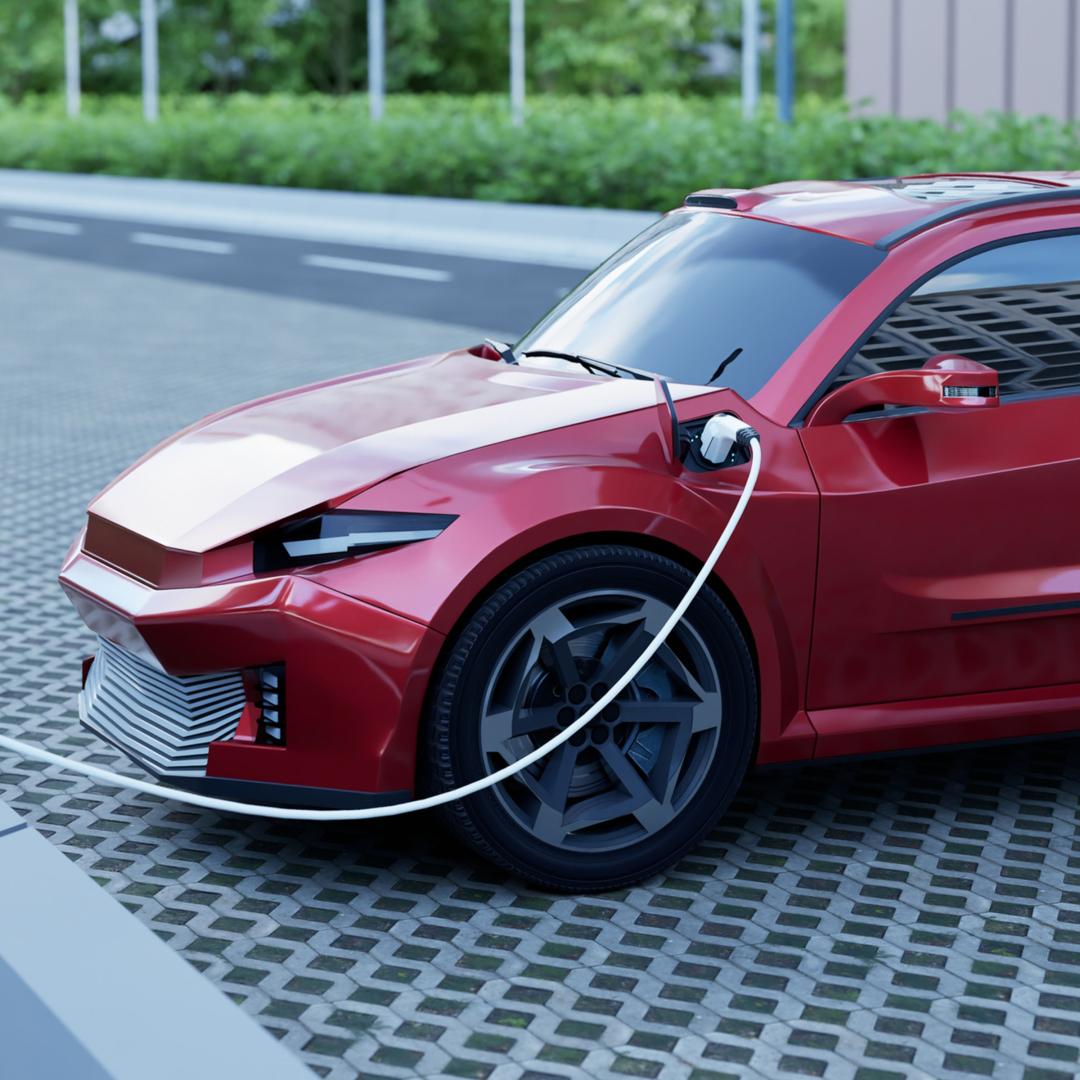Electric cars provide the same functionality as fossil fuel–powered cars, but use electric motors rather than fuel-burning engines. The energy for the motors comes from an onboard battery, which is normally charged using electricity from the grid.
Electric cars have no direct tailpipe emissions, since electric motors do not burn fuel to function. The grid electricity used to charge their batteries may have come from fossil fuel-burning power plants, meaning electric cars are not entirely free of direct emissions. However, in most electrical grids, even those that mainly generate electricity from fossil fuels, electric cars usually still produce fewer emissions per pkm than fossil fuel–powered cars. This is for three reasons. First, large, fixed power plants and efficient electric grids can convert fossil fuels into useful energy more efficiently than smaller, mobile internal combustion engines in cars. In extreme cases, such as grids powered entirely by coal, this might not be the case, particularly if the grid has a lot of transmission and distribution losses. Second, the powertrain of an electric car delivers electricity from the battery to the wheels much more efficiently than the powertrain of a fossil fuel–powered car, which wastes much more energy as heat (International Transport Forum, 2020; Mofolasayo, 2023; Verma et al., 2022). Third, electric cars’ powertrains enable regenerative braking, where the kinetic energy of the car’s motion is put back into the battery when the driver brakes (Yang et al., 2024).
Electric cars reduce emissions of CO₂, methane, and nitrous oxide to the atmosphere by replacing fuel-powered cars, which emit these gases from their tailpipes.

